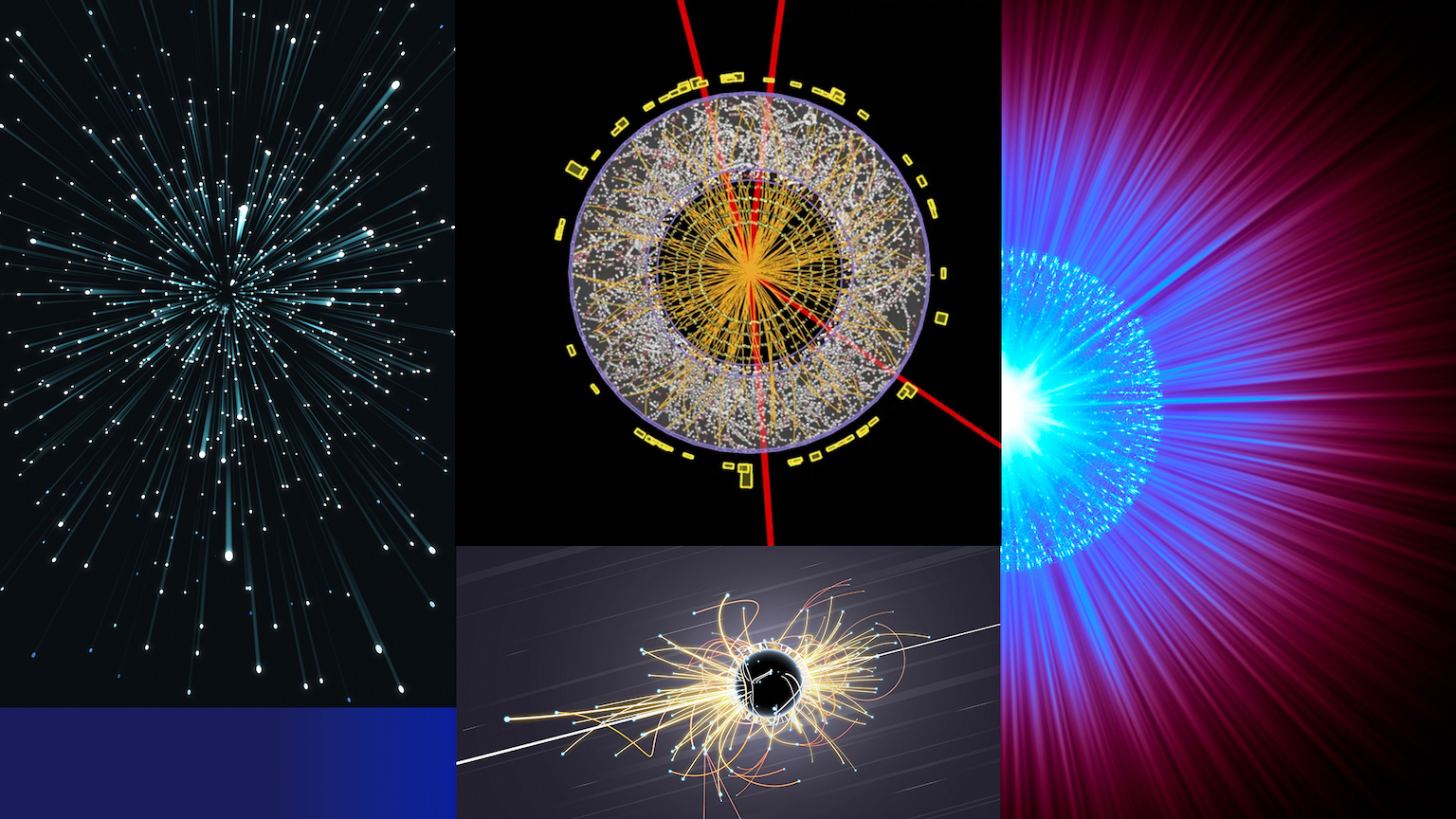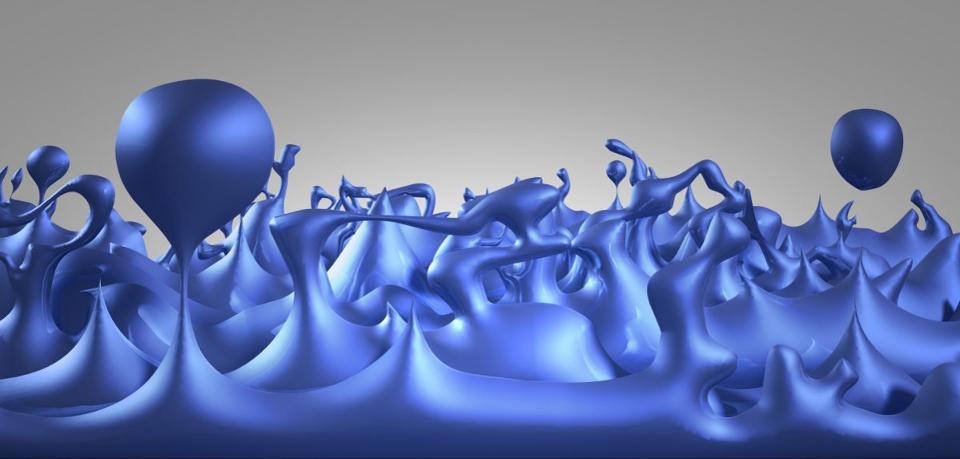The 10 greatest ideas in the history of science
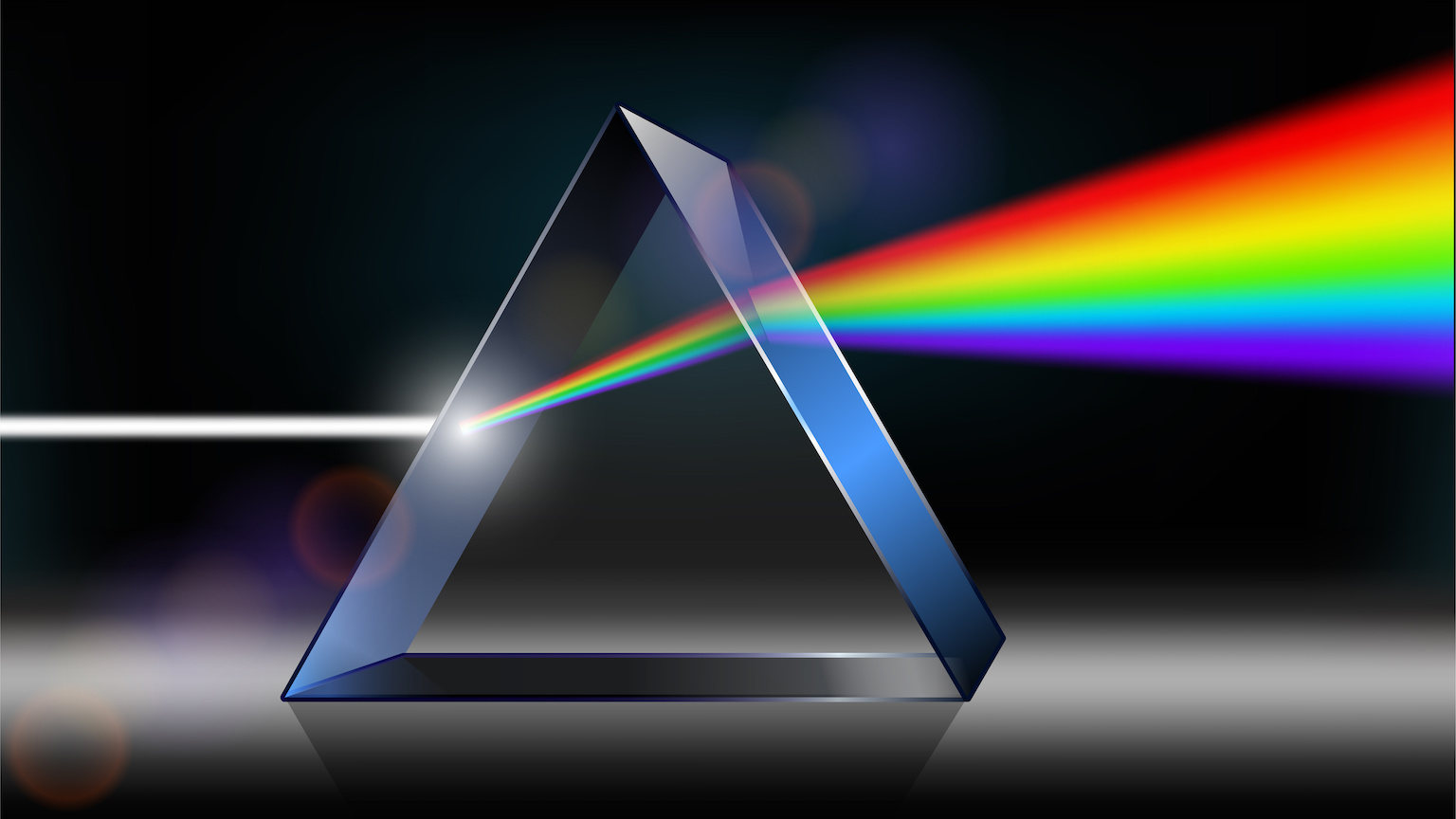
- In Galileo’s Finger, one of the best popular science books ever written, Oxford chemistry professor Peter Atkins describes the ten greatest ideas in the history of science.
- These ideas form the bedrock of modern biology, chemistry, and physics.
- Though scientific theories are always being tested and scrutinized for flaws, these ten concepts are so rock solid that it is difficult to imagine them ever being replaced with something better.
In his book The Structure of Scientific Revolutions, Thomas Kuhn argued that science, instead of progressing gradually in small steps as is commonly believed, actually moves forward in awkward leaps and bounds. The reason for this is that established theories are difficult to overturn, and contradictory data is often dismissed as merely anomalous. However, at some point, the evidence against the theory becomes so overwhelming that it is forcefully displaced by a better one in a process that Kuhn refers to as a “paradigm shift.” And in science, even the most widely accepted ideas could, someday, be considered yesterday’s dogma.
The greatest ideas in science
Yet, there are some concepts which are considered so rock solid, that it is difficult to imagine them ever being replaced with something better. What’s more, these concepts have fundamentally altered their fields, unifying and illuminating them in a way that no previous theory had done before.
So, what are these ideas? Compiling such a list would be a monumental task, mostly because there are so many good ones to choose from. Thankfully, Oxford chemistry professor Peter Atkins has done just that in his 2003 book Galileo’s Finger: The Ten Great Ideas of Science. Dr. Atkins’ breadth of scientific knowledge is truly impressive, and his ten choices are excellent. Though this book was written with a popular audience in mind, it can be quite incomprehensible in places, even for people with a background in science. Still, I highly recommend it.
Let’s take a look at the ten great ideas (listed in no particular order).
#1. Evolution occurs by natural selection
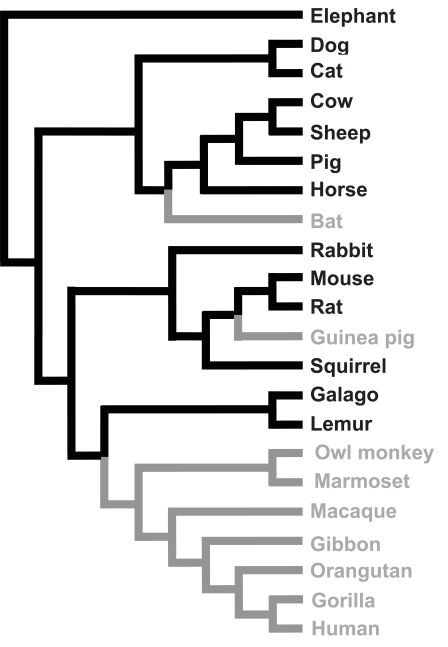
In 1973, evolutionary biologist Theodosius Dobzhansky penned an essay titled “Nothing in Biology Makes Sense Except in the Light of Evolution.” By now, thousands of students across the globe have heard this title quoted to them by their biology teachers.
And for good reason, too. The power of evolution comes from its ability to explain both the unity and diversity of life; in other words, the theory describes how similarities and differences between species arise by descent from a universal common ancestor. Remarkably, all species have about one-third of their genes in common, and 65% of human genes are similar to those found in bacteria and unicellular eukaryotes (like algae and yeast).
One of the most fascinating examples of common descent is the evolution of the gene responsible for the final step in vitamin C synthesis. Humans have this gene, but it is broken. That is why we have to drink orange juice or find some other external source of vitamin C. By sequencing this gene and tracking mutations, it is possible to trace back exactly when the ability to synthesize vitamin C was lost. According to this phylogenetic tree (see above), the loss occurred in an ancestor which gave rise to the entire anthropoid primate lineage. Humans, chimpanzees, orangutans, and gorillas all possess this broken gene, and hence, all of them need an external source of vitamin C. (At other points in evolutionary history, bats and guinea pigs also lost this vitamin C gene.) Yet, many mammals don’t need vitamin C in their diet because they possess a functioning copy and are able to produce it on their own; that’s why your dog or cat gets by just fine without orange juice.
The most satisfying explanation for these observations is descent with modification from a common ancestor.
#2. DNA encodes heritable information
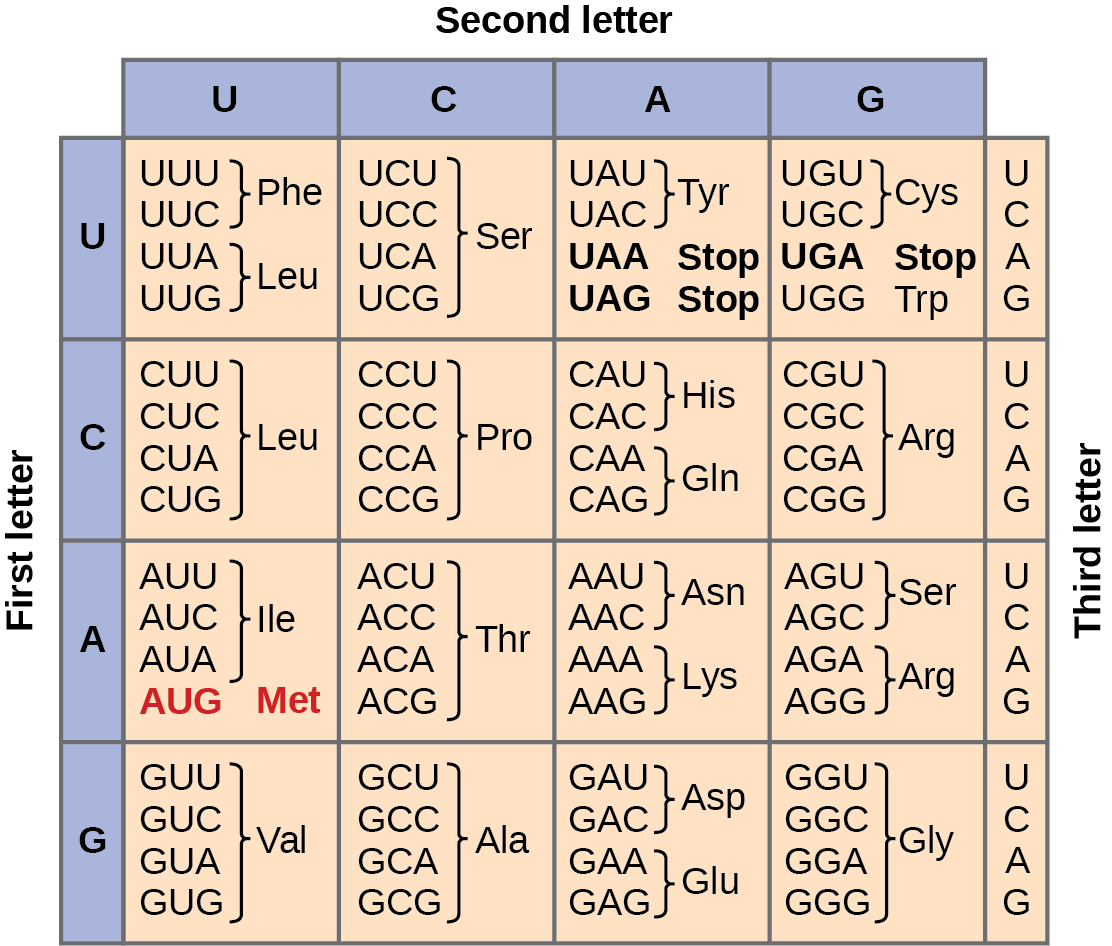
A contrarian embodiment to the notion that science and religion are in conflict, the “Father of Genetics” was none other than Gregor Mendel, an Augustinian friar. He famously conducted experiments using pea plants and, in the process, deduced the basic patterns of inheritance. He referred to these heritable units as “elements”; today, we call them “genes.” Amazingly, Mendel didn’t even know DNA existed, and Charles Darwin knew about neither DNA nor the discoveries of Mendel.
It wasn’t until 1952 that scientists determined that DNA was the molecule responsible for transmitting heritable information. An experiment conducted by Alfred Hershey and Martha Chase, using viruses with radioactively labeled sulfur or phosphorus to infect bacteria, rather convincingly demonstrated that this was the case. Then, in 1953, James Watson and Francis Crick, with substantial input from Rosalind Franklin, shattered the biological world with their double helix model of DNA structure.
From there, it was determined that the “letters” (A, C, G, T) of the DNA sequence encoded information. In groups of three (e.g., ACG, GAA, CCT, etc.), these nucleotides coded for amino acids, the building blocks of protein. Collectively, every possible combination of three letters is known as the “genetic code.” (See diagram above. Note that every T is replaced with U in RNA.) Eventually, the central dogma of molecular biology emerged: (1) DNA is the master blueprint and is responsible for inheritance; (2) DNA is transcribed into RNA, which acts as a messenger, conveying this vital information; and (3) RNA is translated into proteins, which provide structural and enzymatic functions for the cell.
Today, it is known that DNA sequences alone are insufficient to explain all the behaviors observed at the cellular level. Alterations to the DNA which do not affect the sequence of letters — known as epigenetic changes — are under intense investigation. It is currently unclear to what extent epigenetics is responsible for heritable traits.
#3. Energy is conserved

All the energy that currently exists in the Universe is all that ever has been and all that ever will be. Energy is neither created nor destroyed (which is why you should never buy a perpetual motion machine), though it can be transformed into mass (and vice versa). This is known as mass-energy equivalence, and every schoolchild knows the equation that describes it: E = mc2.
The story of energy largely begins with Isaac Newton. His three laws of motion got the ball rolling, so to speak, but they did not deal with energy directly; instead, they dealt with force. Eventually, with the help of scientists like Lord Kelvin, physics began to focus on energy. The two most important forms of it are potential energy (stored energy) and kinetic energy (energy of motion). Most other forms of energy, including chemical and electric energy, are simply varying manifestations of potential and kinetic energy. Also, “work” and “heat” are not forms of energy themselves, but are simply methods of transferring it.
#4. Entropy: The Universe tends toward disorder
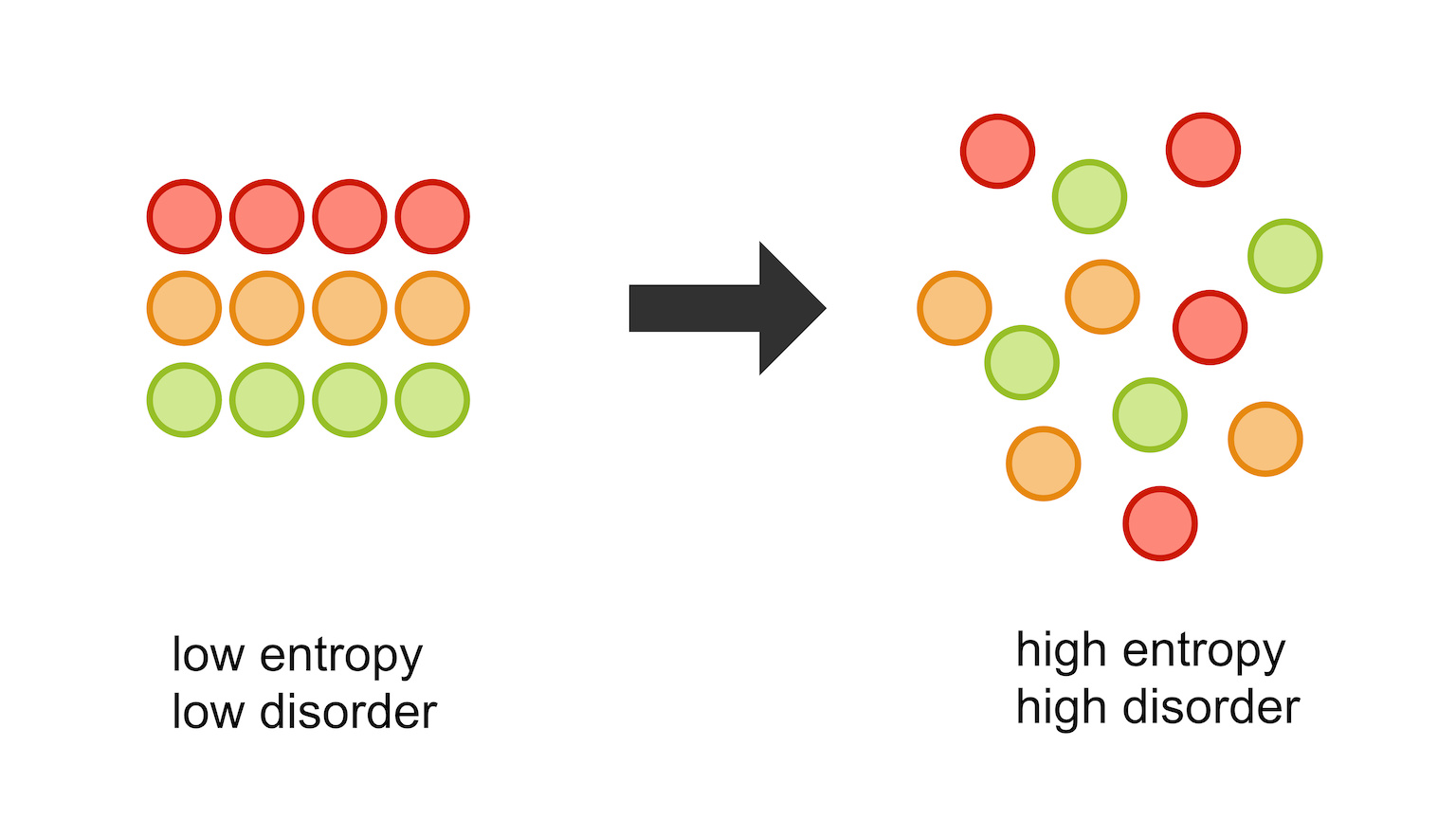
Murphy’s Law states, “Anything that can go wrong, will go wrong.” Entropy is sort of like Murphy’s Law applied to the entire Universe.
Put simply, entropy is a measure of disorder, and the Second Law of Thermodynamics states that all closed systems tend to maximize entropy. Reversing this ever increasing tendency toward disorder requires the input of energy. That’s why housekeeping is so tiresome. Left on its own, your house would get dusty, spiders would move in, and eventually, it would fall apart. However, the energy put into preventing disorder in one place simultaneously increases it somewhere else. Overall, the entropy of the Universe always increases.
Entropy also manifests in another way: There is no perfect transfer of energy. Your body (or a cell) cannot perfectly utilize food as an energy source because some of that energy is lost forever to the Universe. So, just like in finance, every transaction comes with a tax. (University of Washington microbiologist Franklin Harold liked to call it “God’s energy tax.”)
The common adage that “nothing in life is certain except death and taxes” hence takes on a new meaning.
#5. Matter is made of atoms
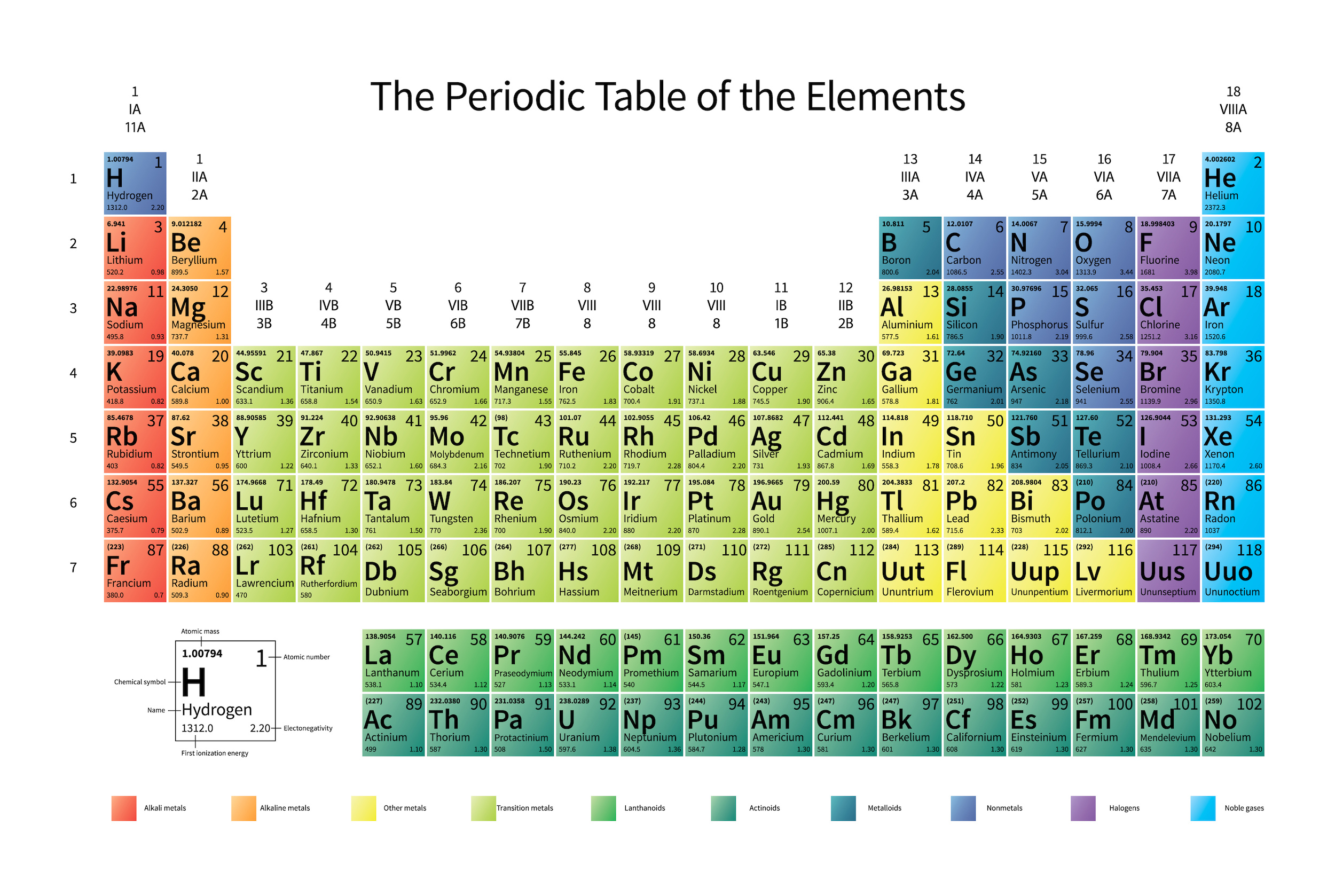
Air, water, bacteria, humans, computers, the stars: All of them are made from atoms. In fact, the atoms that make up Earth (and everything on it, including us), originally came from the stars, which is why Carl Sagan famously quipped, “We are made of starstuff.”
But what are atoms? Mostly empty space, actually. That means you are mostly empty space, as well. The center of each atom, called a nucleus, consists of positively-charged protons and uncharged neutrons. Surrounding this dense cluster of positivity are the negatively-charged electrons, which buzz about, rather unpredictably. Originally, it was thought that the electrons orbited the nucleus in a way that resembles the planets around the sun, the so-called “solar system model” of the atom, for which Niels Bohr is given credit. The model is overly simplistic and incorrect, but it does well enough for certain calculations, which is why it is still taught in basic chemistry classes. The model was ultimately replaced with the more complex atomic orbital model.
All the known atoms are found on the periodic table, the centerpiece of every chemistry class. The table organizes the atoms in various ways, two of which are particularly important: First, the atoms are arranged by increasing atomic number, which represents the number of protons and defines each element. Second, each column on the table represents the number of outer shell electrons in each atom. This is important because the outer shell electrons largely determine the sorts of chemical reactions in which the atoms will participate.
Perhaps the most fascinating aspect of the periodic table is how it came about. The Russian chemist, Dmitri Mendeleev, first created the modern periodic table. But, it was missing elements. And using his table, he correctly predicted the existence of elements that had not yet been discovered.
#6. Symmetry quantifies beauty

Symmetry, that somewhat vague concept that involves folding or twisting triangles, cubes, and other objects in various ways has applications far beyond high school geometry class. As it turns out, the Universe is riddled with symmetry, or the lack thereof.
The most beautiful human faces are also the most symmetrical. Atoms in a crystal are arranged in a symmetrical, repeating pattern. Many other phenomena throughout nature exhibit breathtaking symmetry, from honeycombs to spiral galaxies.
Particle physics and astrophysics are also captivated by the concept of symmetry. One of the biggest asymmetries is the fact that our Universe is made of more matter than antimatter. If the Universe were perfectly symmetrical, there would be equal amounts of both. (But then the Universe probably wouldn’t exist, since matter and antimatter annihilate each other.) However, as Atkins writes, the Universe is symmetrical “if simultaneously we change particles for antiparticles…, reflect the Universe in a mirror…, and reverse the direction of time.”
Does that explain why Miss Universe is always so pretty?
#7. Classical mechanics fails to describe small particles
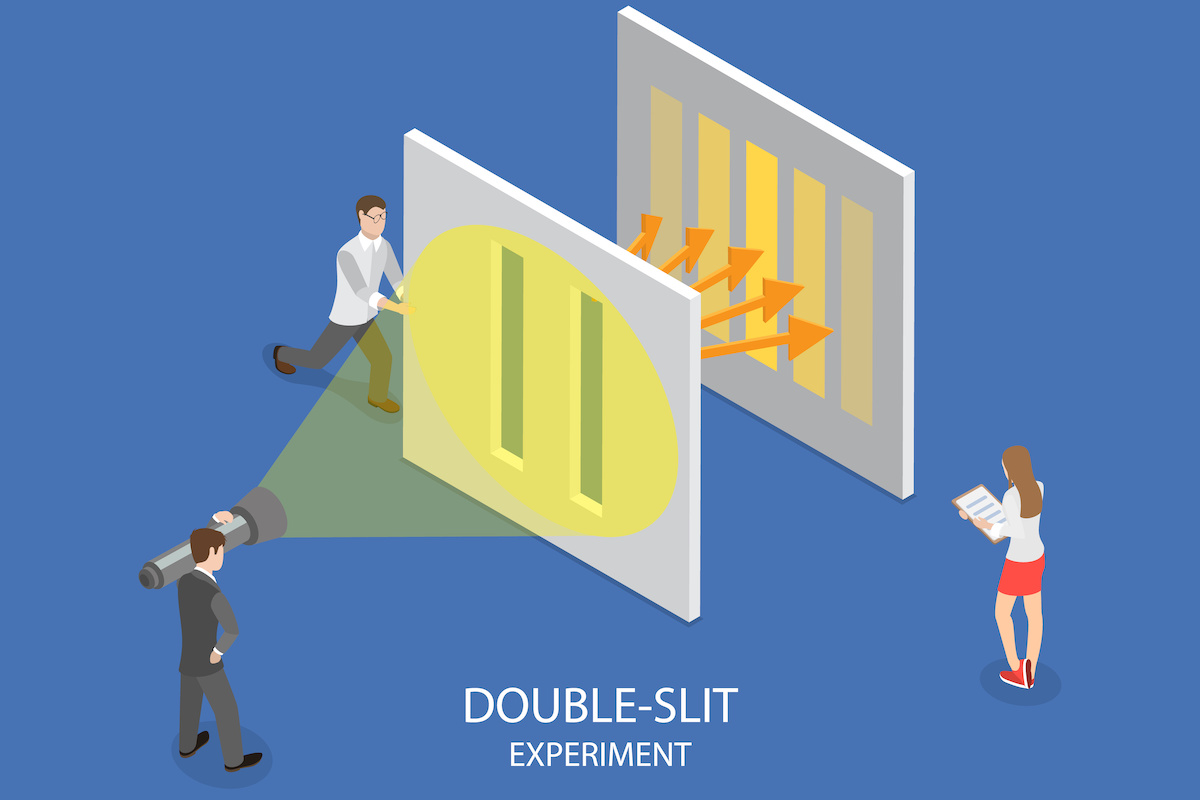
The classical physics of Isaac Newton and James Clerk Maxwell work reasonably well for most everyday applications. But classical physics is limited in the sense that it does not quite accurately depict reality.
The first inkling that something was seriously wrong came from analysis of blackbody radiation. Imagine a hot stove: It first starts out red, then turns white as it gets hotter. Classical physics was incapable of explaining this. Max Planck, however, had an idea: Perhaps the released energy came in little packets called “quanta.” Instead of energy taking on continuous values, it instead takes on only discrete values. (Think of the difference between a ramp and a staircase; a person standing on a ramp can take on any height, while a person standing on a staircase only has certain discrete heights from which to choose.) As it turns out, these “quanta” of light energy are today known as photons. Thus, it was demonstrated that light, which until that time generally had been thought of as a wave, could also act like discrete particles.
Then along came Louis de Broglie who extended the concept: All particles can act like waves, and all waves can act like particles. Slam-dunk evidence for this idea came by way of the famous double-slit experiment, which conclusively showed that photons, electrons, and even molecules like buckyballs exhibit wave-particle duality. (A lab confirmed the results of this experiment yet again in May 2013.)
These two concepts, quantization and wave-particle duality, form the core of the discipline known as quantum mechanics. Two other core concepts include the uncertainty principle (that is, the inability to know various pairs of characteristics of a system with precision) and the wavefunction (which, when squared, gives the probability of finding a particle in a particular location). And what does all that give us? Schrödinger’s cat, which is simultaneously dead and alive.
No wonder Stephen Hawking would always reach for his gun.
#8. The Universe is expanding
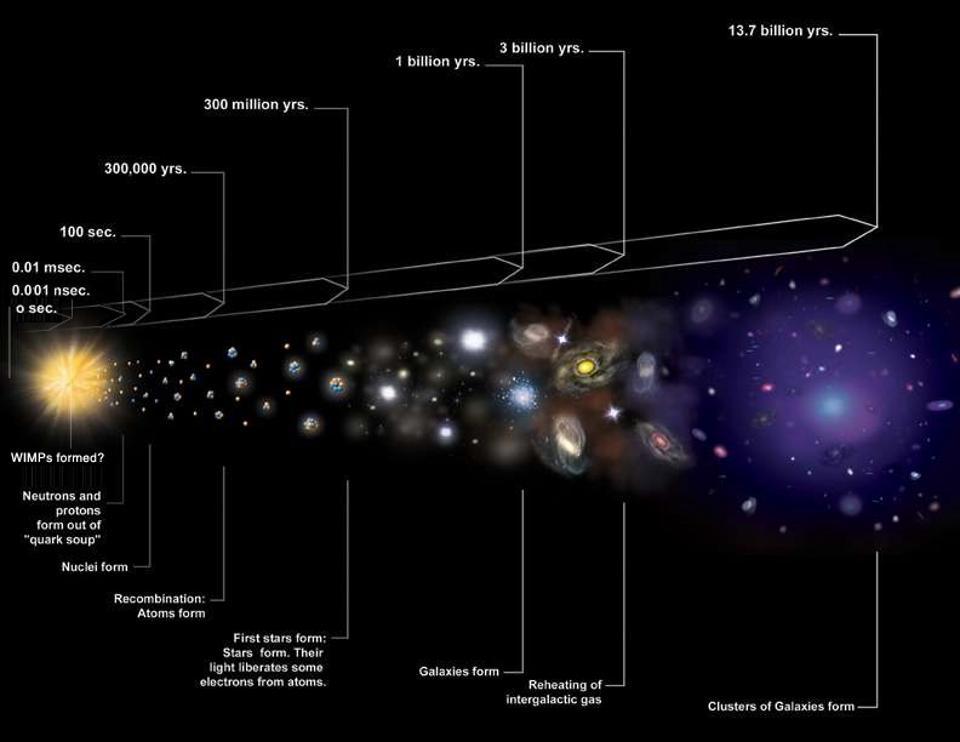
About 13.8 billion years ago, the Universe underwent a period of rapid expansion, known as cosmic inflation. Immediately after that was the Big Bang. (Yes, cosmic inflation occurred before the Big Bang.) Ever since then, the Universe has kept right on expanding.
We know the Big Bang occurred because of the telltale evidence it left behind: the cosmic microwave background (CMB) radiation. As the Universe expanded, the initial burst of light from the Big Bang got stretched. (Remember, light can be both a wave and a particle.) When light is stretched, the wavelength increases. Today, that light is no longer visible with the naked eye because it now inhabits the microwave range of the electromagnetic spectrum. However, you can still “see” it on old-school television sets with antennas; the static on “in-between” channels is partially due to the CMB.
But not only is the Universe expanding, its rate of expansion is accelerating due to dark energy. And the further away an object is from Earth, the faster it is accelerating away from us. If you thought the Universe was a lonely place now, just wait 100 billion years. Thanks to dark energy, we won’t be able to see any stars beyond our own galaxy (which, at that time, will be a giant merger between the Milky Way and Andromeda galaxies and their smaller satellite galaxies).
#9. Spacetime is curved by matter
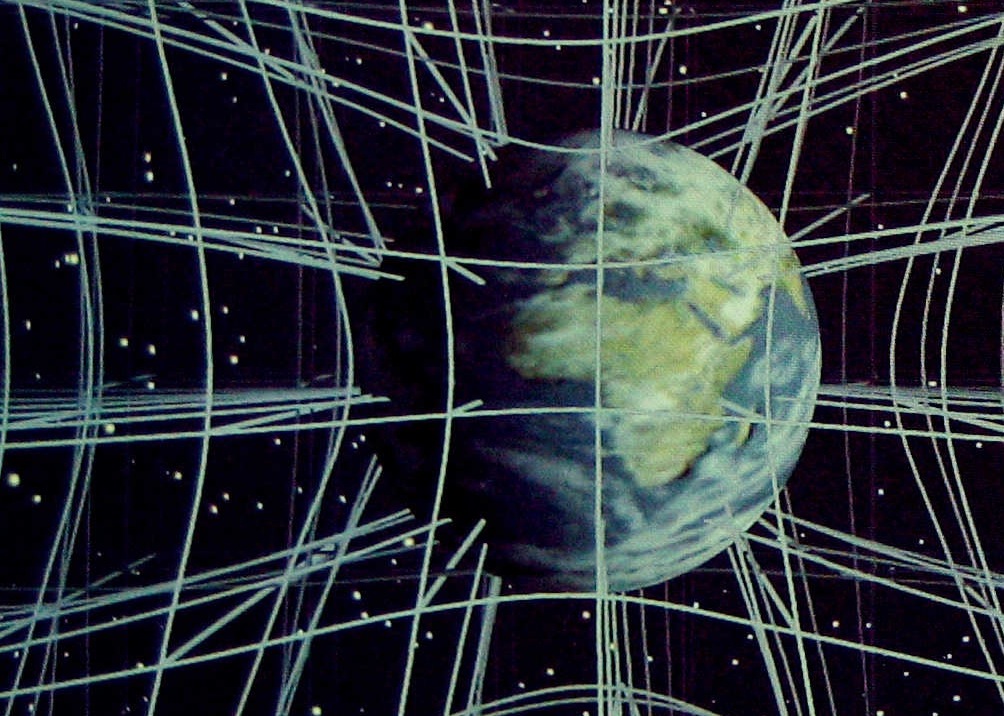
The fabric of our universe is spacetime, which consists of the three spatial dimensions (length, width, and height) combined with the dimension of time. Imagine this fabric as a stretchy, rubber sheet. And then imagine placing a giant bowling ball on that sheet. The sheet would warp around the bowling ball, and any object placed near the bowling ball would roll toward it. This metaphor for Albert Einstein’s theory of general relativity explains how gravity works. (Despite being Einstein’s greatest achievement, general relativity is not for what he won the Nobel Prize; instead, the prize was awarded for his work on the photoelectric effect.)
But this wasn’t Einstein’s only contribution. He also came up with special relativity, which describes how time slows down for moving objects, especially as they travel closer to the speed of light.
Interestingly, the effects of both general and special relativity must be taken into account for GPS satellites to work properly. If these effects were not considered, then the clocks on Earth and on the satellites would be out of sync, and consequently, the distances reported by the GPS unit would be wildly inaccurate. So, every time you use your smartphone successfully to find the local Starbucks, give thanks to Albert Einstein.
#10. Mathematics is the limit of reason
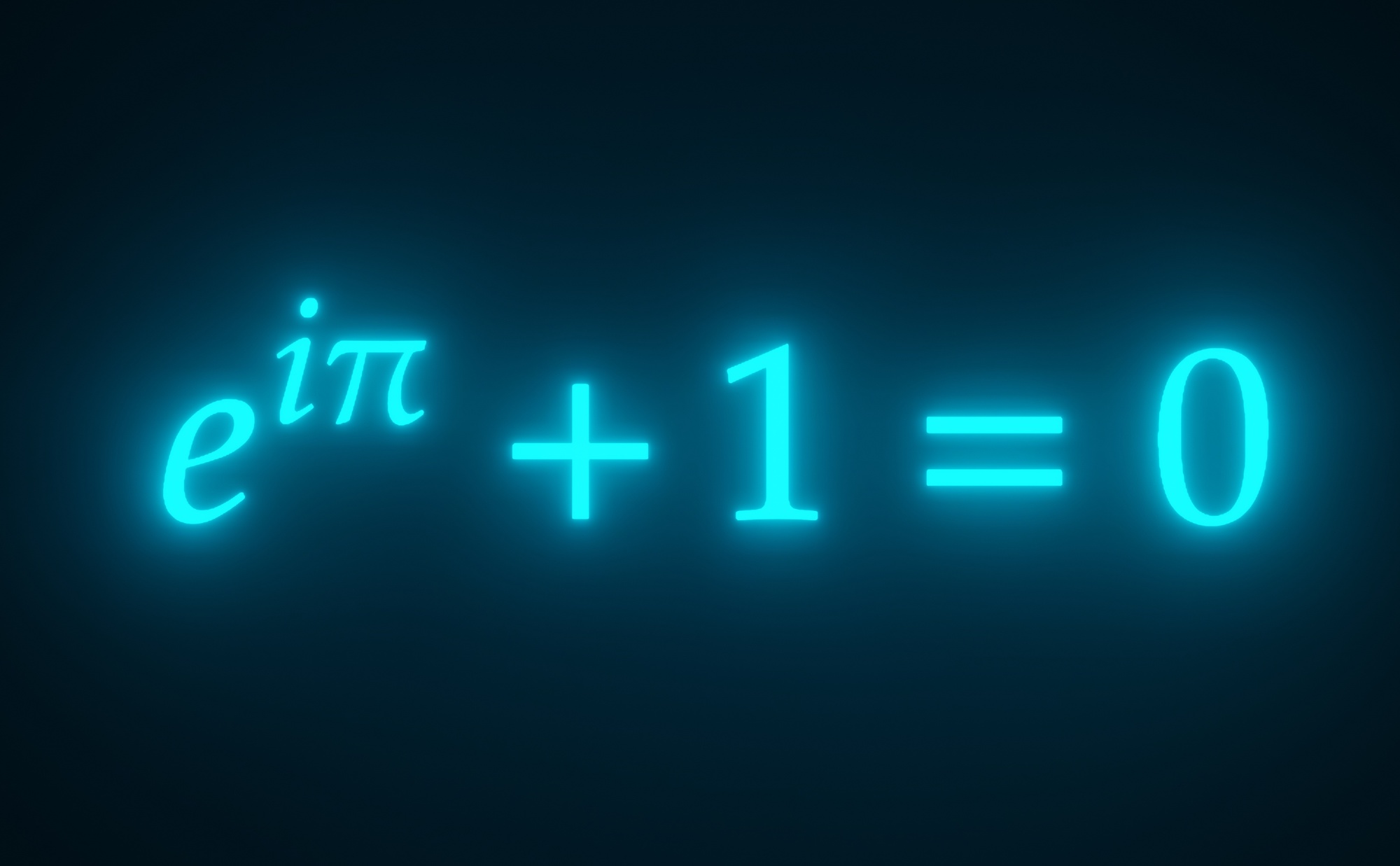
Fundamentally, mathematics makes no sense. That probably doesn’t come as a surprise to those of us who struggled in algebra or calculus. Though it is the language of science, the truth is that mathematics is built upon a cracked foundation.
For instance, consider a number. You think you know one when you see one, but it’s rather difficult to define. (In that sense, numbers are like obscenity or pornography.) Not that mathematicians haven’t tried to define numbers. The field of set theory is largely dedicated to such an endeavor, but it isn’t without controversy.
Or consider infinity. Georg Cantor did, and (it is speculated by some that) he went crazy in the process. Counterintuitively, there is such a thing as one infinity being larger than another infinity. The rational numbers (those that can be expressed as a fraction) constitute one infinity, but irrational numbers (those that cannot be expressed as a fraction) constitute a larger infinity. A special type of irrational number, called the transcendental number, is particularly to blame for this. The most famous transcendental is pi, which can neither be expressed as a fraction nor as the solution to an algebraic equation. The digits which make up pi (3.14159265…) go on and on infinitely in no particular pattern. Most numbers are transcendental, like pi. And that yields a very bizarre conclusion: The natural numbers (1, 2, 3…) are incredibly rare. It’s amazing that we can do any math whatsoever.
At its core, mathematics is intimately tied to philosophy. The most hotly debated questions, such as the existence and qualities of infinity, seem far more philosophical in nature than scientific. And thanks to Kurt Gödel, we know that an infinite number of mathematical expressions are probably true, but unprovable.
Such difficulties explain why, from an epistemological viewpoint, mathematics is so disturbing: It places a finite boundary on human reason.
This article is adapted from a version originally published on RealClearScience.



